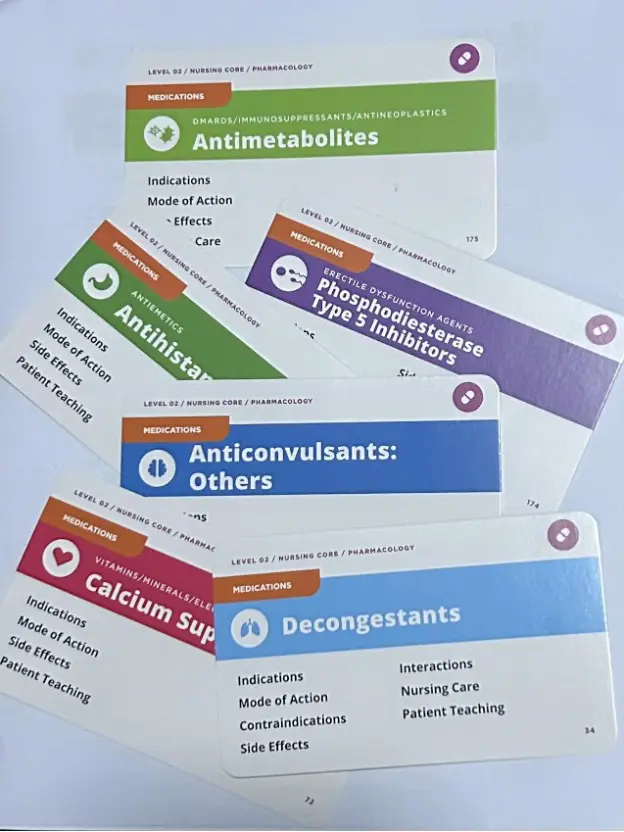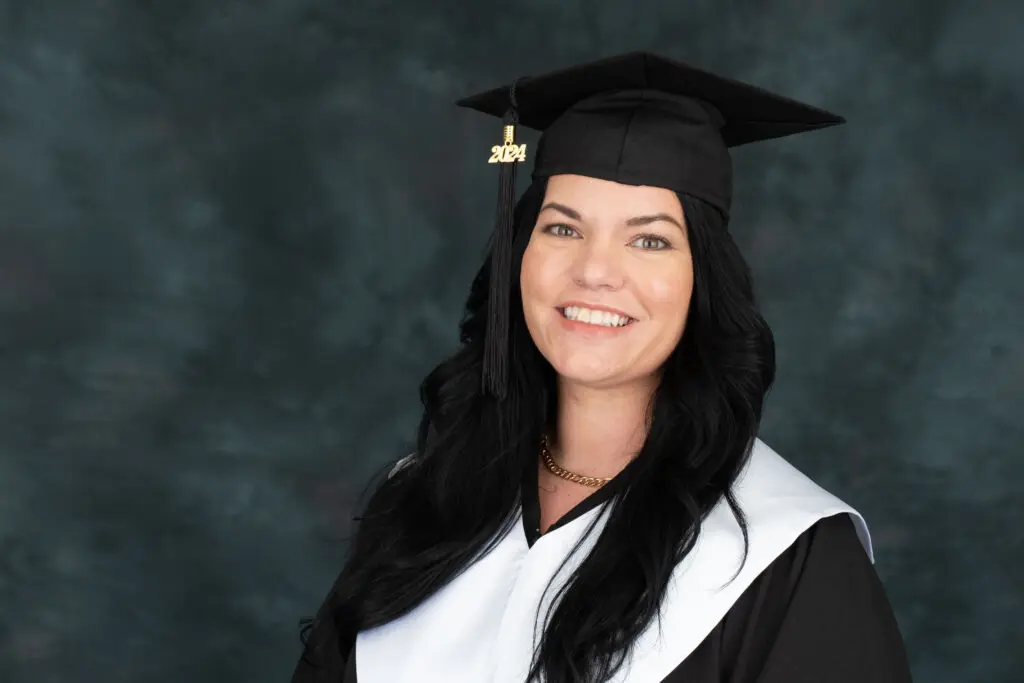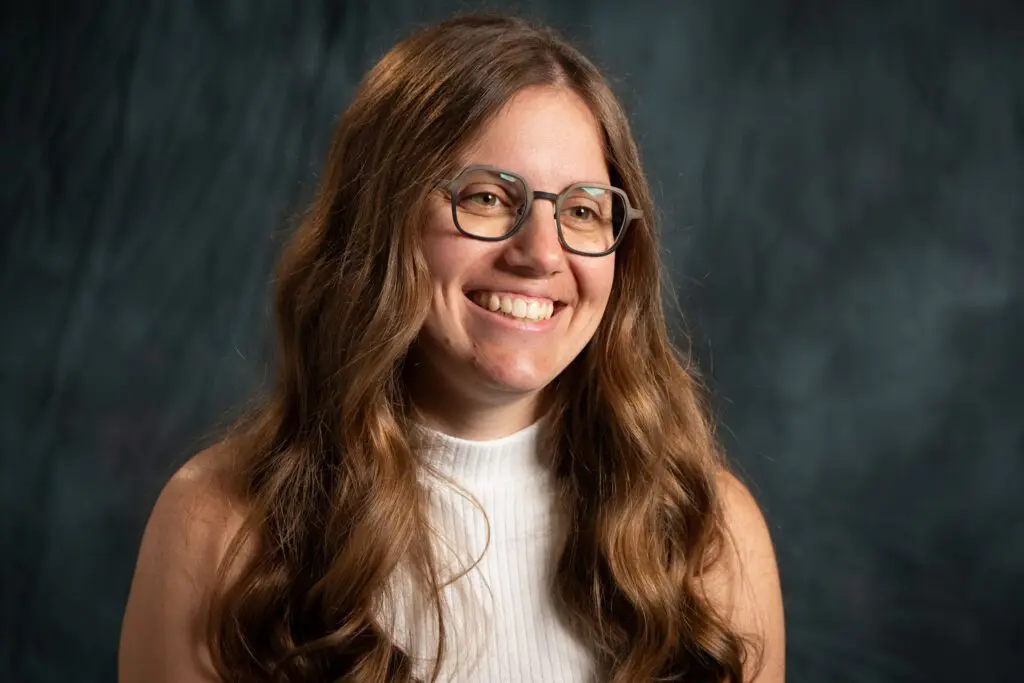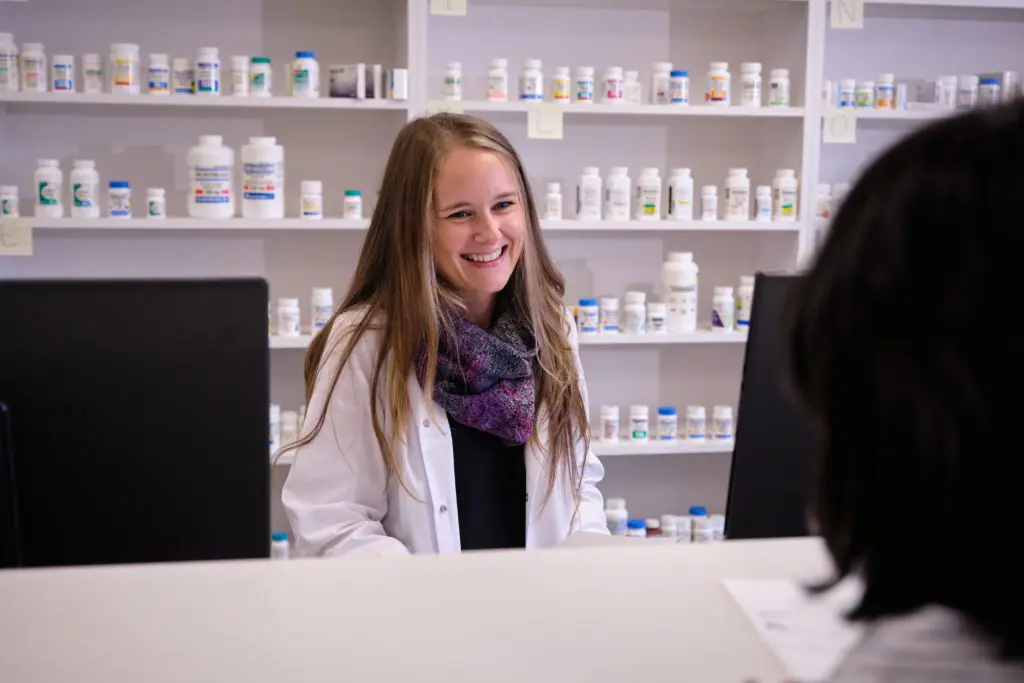After graduating from Stenberg College’s CCAPP accredited program, I began the process of becoming a Registered Pharmacy Technician (RPhT) through the College of Pharmacists of British Columbia (CPBC). Their website has step-by-step instructions on becoming an RPhT, along with all the required forms for the process. Read below for my journey and a brief summary of the process.
1) Pre-registration
The first step is to apply for pre-registration through the CPBC (approx. $320), which was fairly quick and straightforward and is valid for three years. The form for registration is available on their website. You need to fill it out, attach a photo, have it notarized and mail it out. Once they receive the documents, a criminal record check is required, which can take up to 30 days, but in my case, it didn’t take that long.
2) Jurisprudence Exam
Once pre-registered, you can then apply to write the Jurisprudence Exam (approx. $270), which is offered two to three times a year. I graduated in December of 2019 and applied to write it in February 2020, figuring it was best to do it while my education was fresh in my head. This exam focuses on the laws and ethics surrounding pharmacy, including what an RPhT can do, what a pharmacy needs to have on-site, and which drugs fall under which prescribing category.
CPBC’s website has links to study materials and provides a great handout on what to expect and what to focus your studies on. An RPhT is licensed to work anywhere in Canada (except Quebec) but must successfully pass the Jurisprudence Exam for the province in which they will be working. As this was the first exam I was writing after graduation, I wasn’t sure what to expect and was pretty nervous! I arrived way too early at the testing site (my local university), and I used every last minute provided to write the exam. The wait for the results was agonizing, and when the envelope finally arrived four weeks later, I was so happy to have a “Congratulations!” letter!
3) Structured Practical Training
The CPBC also coordinates the Structured Practical Training (SPT) program (approx. $400), which is the practice-based training requirement for registration. Under the supervision of a qualified preceptor at a pharmacy, the applicant applies their knowledge, skills and abilities to demonstrate their competence and readiness for practice in BC.
You have three months to finish the training, which involves completing specific tasks in either a community or a hospital pharmacy, and providing documentation about those tasks. You also need to check 500 prescriptions prepared by someone else without error. Make one mistake, and you have to start over. I volunteered at a community pharmacy to complete my SPTs. However, many people do this while working as a pharmacy assistant. It really helps to have a great relationship with your preceptor so you can ask lots of questions and learn valuable skills from them
4) Pharmacy Technician Qualifying Examination
Another step is to take the Pharmacy Examining Board of Canada (PEBC) exams. You can write these exams anytime after graduating from an accredited program, though you are encouraged to apply as soon as applications are open, even if you haven’t yet graduated.
These exams are offered twice a year, in the spring and the fall. To register, you must submit an application for each exam, which must be witnessed and signed by someone from a long list of accepted witnesses, such as a pharmacist or a notary. I brought these forms to my lab sessions and had the program coordinator, an RPhT, sign my documentation. This two-part exam is taken over two days, with some people choosing to do both exams during the same weekend and others choosing to do one exam in the spring and one in the fall. Part I is a series of computer-based Multiple Choice Questions (MCQs) (approx. $550), and Part II is the Objective Structured Performance Examination (OSPE) (approx. $1150)
According to the PEBC website, “Questions on the MCQ assess the understanding and application of knowledge to problems, as well as the ability to make judgments and problem-solve in situations relevant to pharmacy practice. Each question assesses one specific competency.” The OSPE “consists of a series of “stations” simulating common and/or critical practical situations. These simulations often involve interactions with a “Standardized Patient” or “Standardized Client” (e.g., parent or caregiver) or “Standardized Health Professional.” Each station assesses one or more competencies.”

Simply put, you demonstrate your skills in simulated scenarios either by speaking with “patients” or other health care professionals, or by preparing or checking prescriptions and compounds. I was well-prepared for these exams from the education I received at Stenberg College. I used the coursework as study material, as Stenberg lets graduates access the material and instructors for a year after program completion. Additionally, there are many other excellent resources, including the PEBC website, YouTube videos (which I only discovered two days before the exam!), various practice textbooks, and a website called iMCQ, which I found very helpful.
Because of COVID, I wrote my MCQ exam from home. A proctor monitored me via my web camera. The MCQ exam was more difficult than I had expected! The wait for the results was more worrisome than the Jurisprudence Exam. Many are nervous about the OSPE exam, but I found it easier than the written exam. We all lined up outside of Vancouver Community College and went in one by one, showing our ID and getting our badges and starting stations organized. We had six minutes at each station to complete the required task and two minutes in between for a breather.
The list of successful applicants is posted online about two months later, but don’t worry, it doesn’t show your name, just your assigned PEBC number. When the day came, I began checking my results at midnight because I couldn’t sleep. They showed up around 6:00 a.m., and I literally jumped for joy when I saw my number listed under both exams!
5) Final Registration
Once you have completed your SPTs, and written and passed all three exams, you can finalize your registration ($544) to become a Registered Pharmacy Technician. The PEBC sends your results directly to the college, so all you have to do is fill in one last form and send your payment, and you’re done! You must renew your registration annually and are required to submit continuing education credits, which can be gathered through online courses, in-person courses and seminars, and conferences.
Even amid a pandemic, I was able to finish all of the post-graduation requirements for registration within a year of graduation. I am happy to say that I am now a Registered Pharmacy Technician working at the Nanaimo Regional General Hospital!
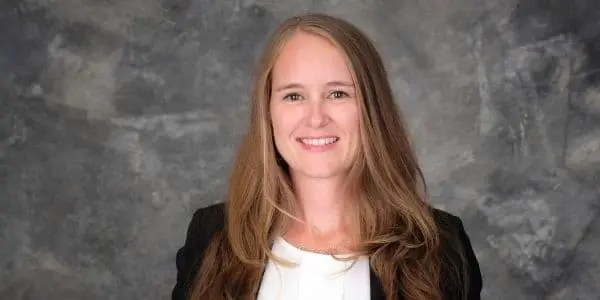
This blog was written by Ericka Brown, RPhT, our Pharmacy Technician Distance Diploma graduate, and it reflects her journey and experience through the registration process. Click here to read her success story!



